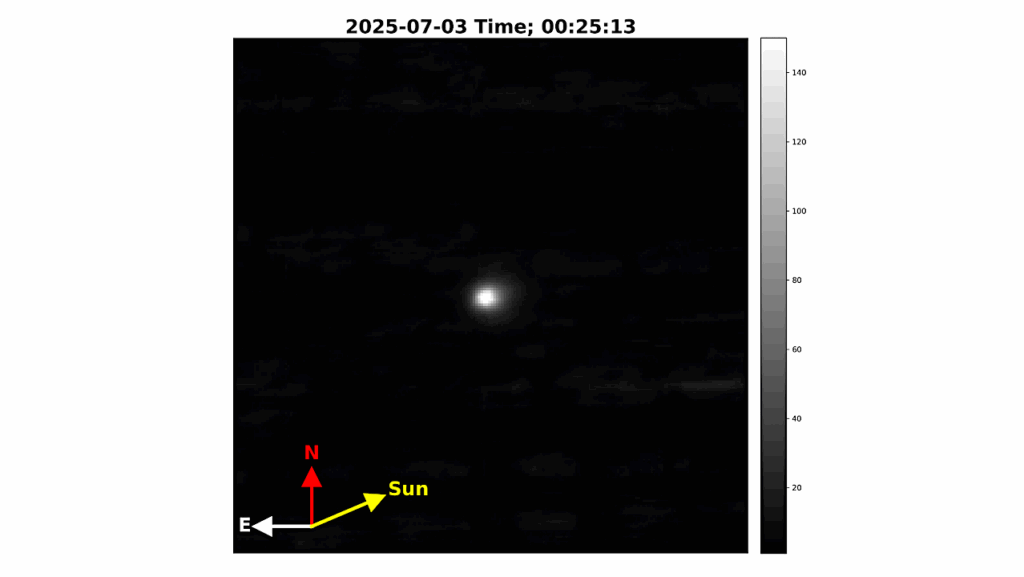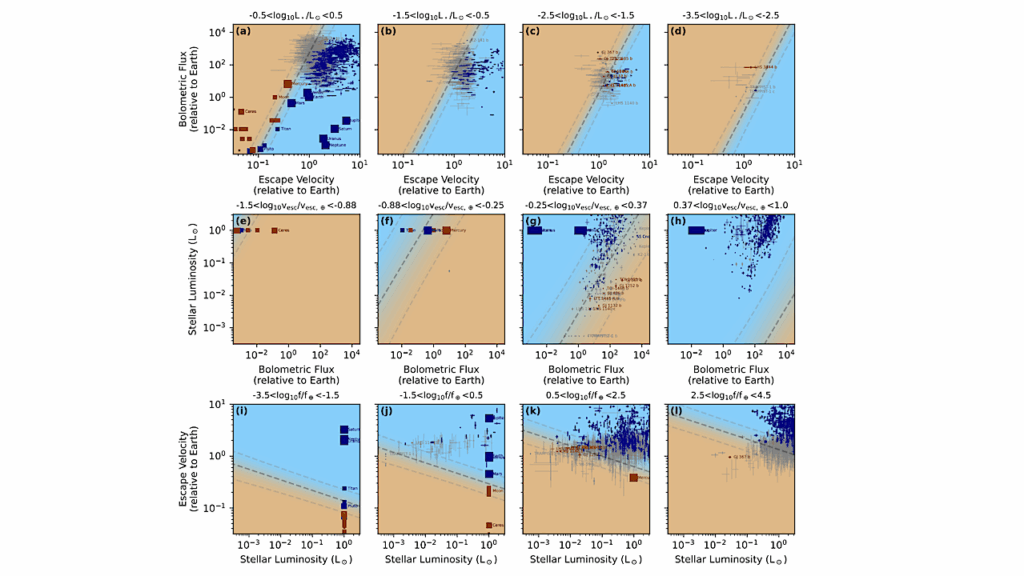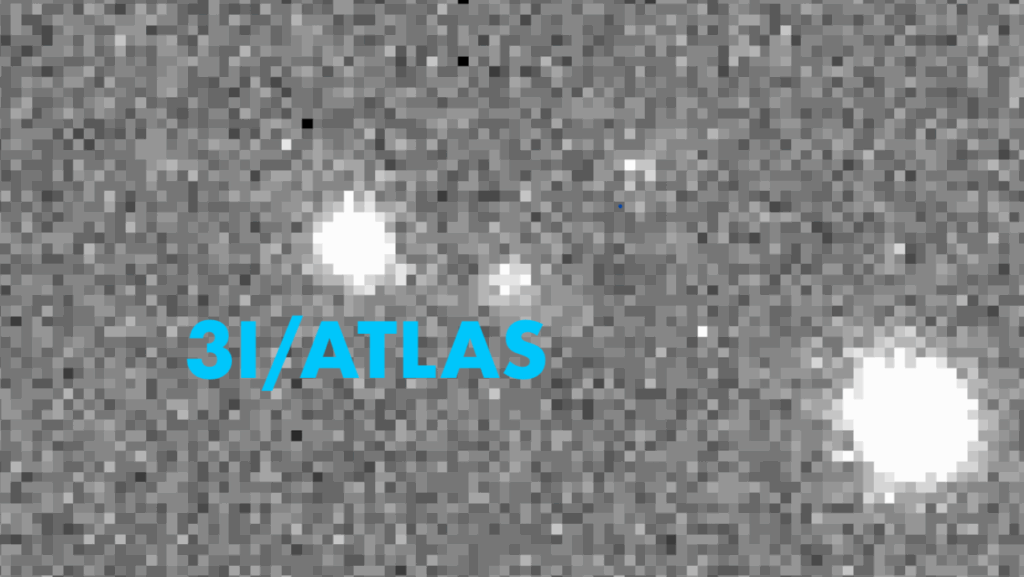Water Transport to Circumprimary Habitable Zones From Icy Planetesimal Disks in Binary Star Systems

So far, more than 130 extrasolar planets have been found in multiple stellar systems. Dynamical simulations show that the outcome of the planetary formation process can lead to different planetary architectures (i.e. location, size, mass, and water content) when the star system is single or double.
In the late phase of planetary formation, when embryo-sized objects dominate the inner region of the system, asteroids are also present and can provide additional material for objects inside the habitable zone (HZ). In this study, we make a comparison of several binary star systems and aim to show how efficient they are at moving icy asteroids from beyond the snow line into orbits crossing the HZ. We also analyze the influence of secular and mean motion resonances on the water transport towards the HZ.
Our study shows that small bodies also participate in bearing a non-negligible amount of water to the HZ. The proximity of a companion moving on an eccentric orbit increases the flux of asteroids to the HZ, which could result in a more efficient water transport on a short timescale, causing a heavy bombardment. In contrast to asteroids moving under the gravitational perturbations of one G-type star and a gas giant, we show that the presence of a companion star not only favors a faster depletion of our disk of planetesimals, but can also bring 4-5 times more water into the whole HZ.
However, due to the secular resonance located either inside the HZ or inside the asteroid belt, impacts between icy planetesimals from the disk and big objects in the HZ can occur at high impact speed. Therefore, real collision modeling using a GPU 3D-SPH code show that in reality, the water content of the projectile is greatly reduced and therefore, also the water transported to planets or embryos initially inside the HZ.
D. Bancelin, E. Pilat-Lohinger, T.I. Maindl, A. Baszo
(Submitted on 27 Mar 2017)
Comments: arXiv admin note: text overlap with arXiv:1506.00993
Subjects: Earth and Planetary Astrophysics (astro-ph.EP)
Journal reference: Proceedings of the first Greek-Austrian Workshop on Extrasolar Planetary Systems held 18-25 Sept, 2016 in Ammouliani, Chalkidiki, Greece
Cite as: arXiv:1703.09000 [astro-ph.EP] (or arXiv:1703.09000v1 [astro-ph.EP] for this version)
Submission history
From: David Bancelin
[v1] Mon, 27 Mar 2017 10:50:09 GMT (128kb)
https://arxiv.org/abs/1703.09000








